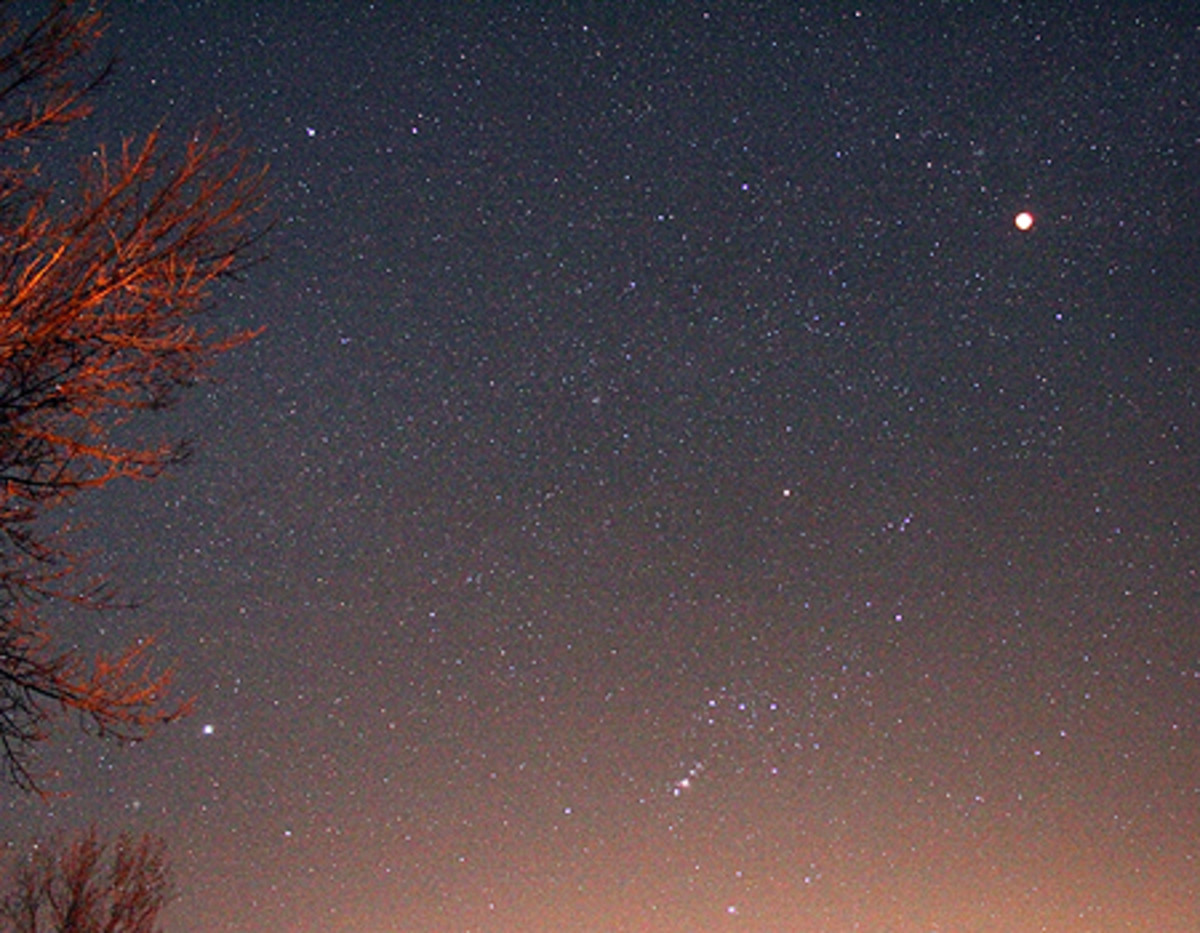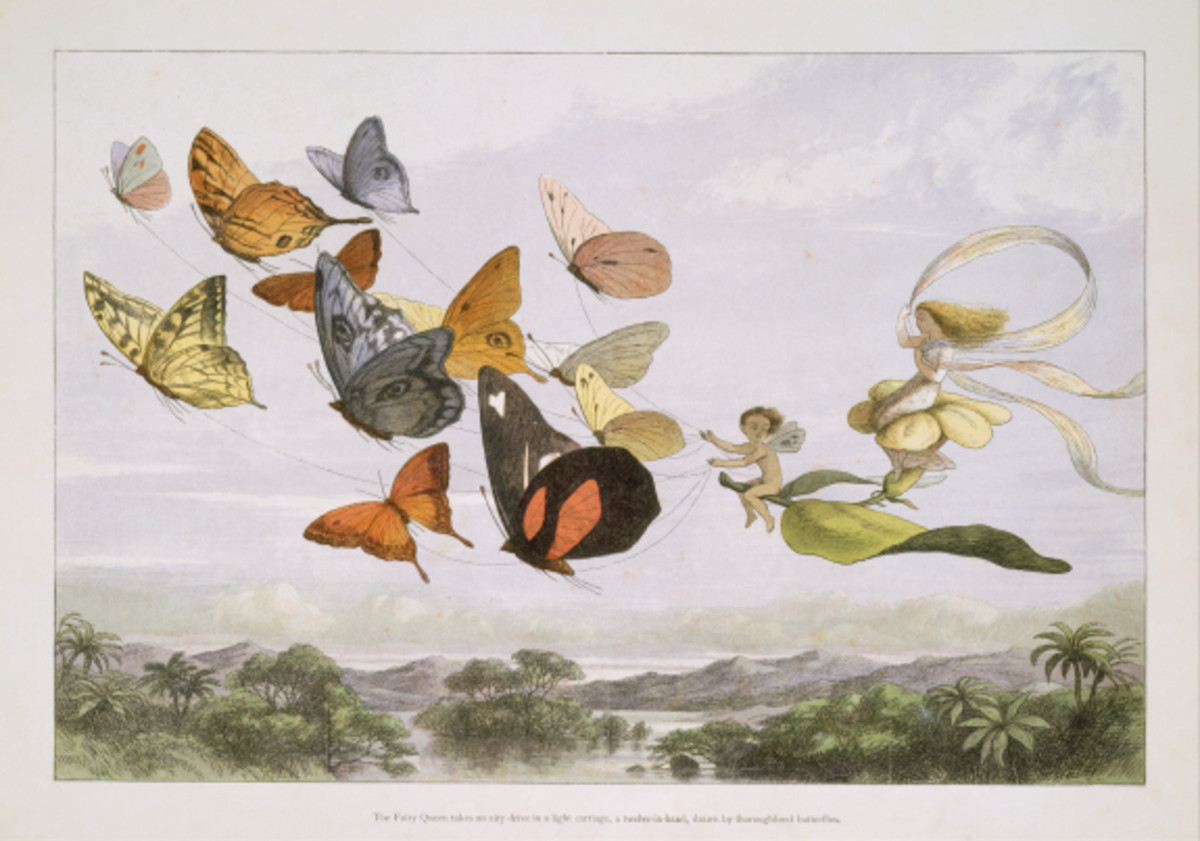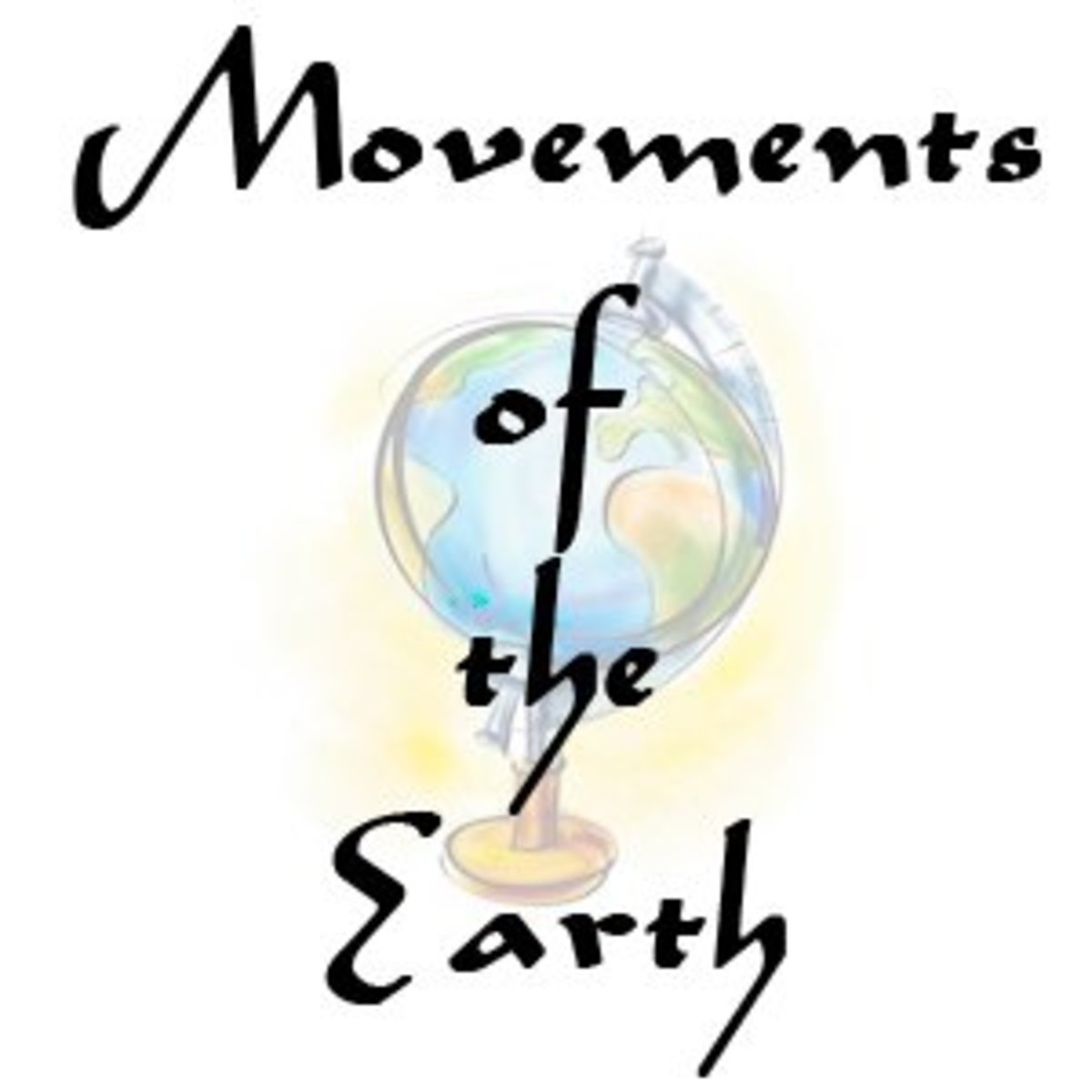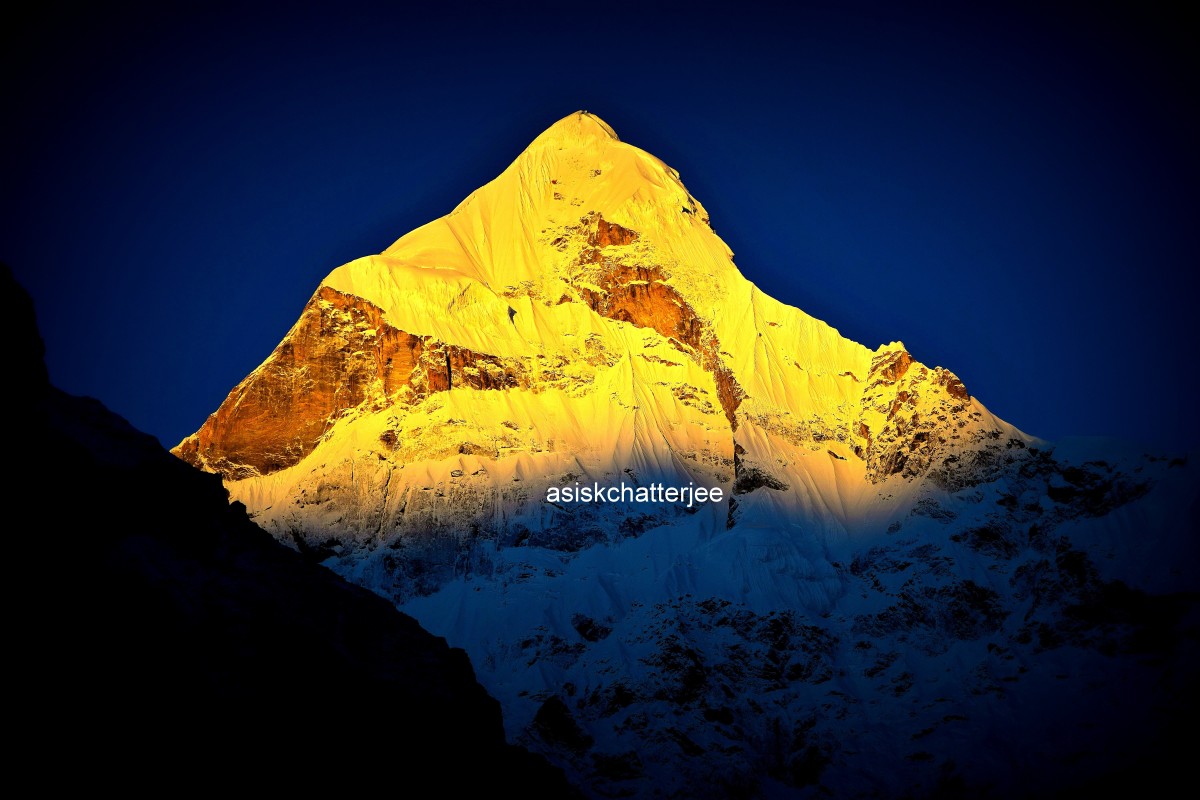The Natural Source of the 260 Day Sacred Calendar
The Path of the Sun by Latitude in a Solar Year on Earth

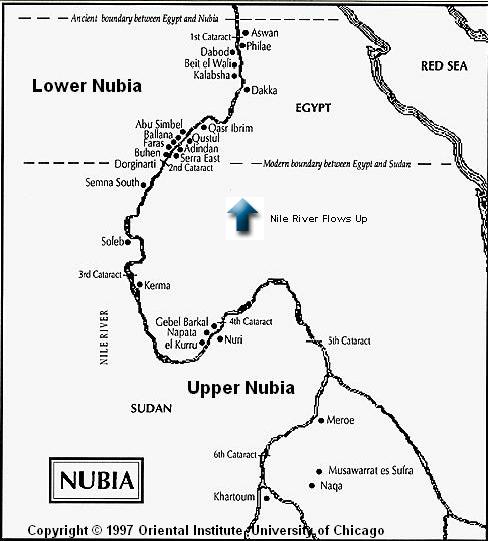
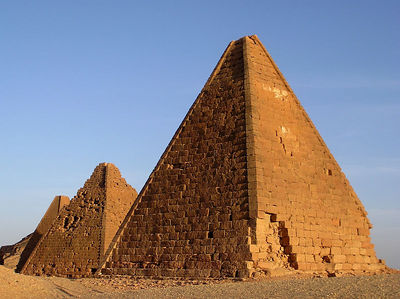
The Increadible Mayan Calendar was Inspired from Africa at least in Part
The Maya kept note of six important days in their year. Four of them we can identify readily, being the winter and summer solstices and the fall and spring equinoxes. The other two important days were the days the sun was directly overhead. No two positions by latitude give the same results and the sun will only be overhead twice a year for all points south of the tropic of Cancer and north of tropic of Capricorn. At the latitudes of the tropic lines, the sun will be overhead only during the summer solstice. There is a unique location where the overhead sun will be separated by spans of about 104 days and about 260 days. There are fractions here, but the Maya overlooked fractions, relying on naked eye observation to synchronize their timing, rounding up or down. Plus they had a multitude of calendar cycles all interlinked.
At 15 degrees latitude north and south, the sun will appear overhead separated by 104 days, or 52 days on either side of the summer solstice. One the winter solstice side, there are two periods of 130 days or the 260 day period in total. Every latitude between the tropic lines of demarcation have two days were the sun is overhead. For the equator, those days are about 182.6 days apart and are the same days as the universal equinoxes. As we go north and south of the equator, the two days where the sun is overhead get closer together toward the general summer solstice. At the tropic delineation, the two days converge into one and is equal to the solstice day. At the 15 degree latitude north, the days in question that mark the beginning and end of the 260 day cycle according to the Gregorian calendar that we use by us would be August 12th and May 1st in the current epoch.
For the Maya, that latitude lies in modern day Guatemala south of their city Copan. This would be located at the southern most extent of their territories. We know that the Mesoamerican civilizations got their timing systems from the Olmec and the Olmec for their appearances were African in origin, Thus, we need to consider locations of 15 degrees north latitude in Africa as the source of the 260 day sacred calendar that was then exported to ancient America and used universally by the various high civilizations such as the Aztec, Toltec and Maya. Along with that came the 104 day period and the 52 year cycle, all interrelated. All of them used the 260 day and the 52 year system, though it applied strictly at the 15 degree latitudes in the natural context.
The location in Africa with a high civilization at that time and before that also extends deep into history, is ancient Nubia located near the modern day Khartoum. This would be the upper Nile civilization that at one time formed Upper Egypt and was one time a separate nation from lower Egypt. The two eventually united around 3000 BCE into one kingdom with the double crowned Pharaohnic rule. Each region kept its own customs and regalia. The upper kingdom developed its own temple and pyramid complexes that are more steep sided and smaller than the counterparts in the lower kingdom. The upper kingdom was also populated by black people as is testified in many hieroglyphics in both kingdoms, The location of temple complexes along the Nile, especially near the region where agriculture extended well in from the river in ancient times, was close to the critical 15 degree latitude.
It is without doubt that Egyptians were avid sky watchers and they were located where clear night skies occurred almost every night. The temple and pyramid complexes of the north are sophisticated representations of the Orion constellation, which also figures important in Mesoamerica. The main pyramids in Egypt have passages that once lined up with the constellation Orion. Several of the pyramids together are a map of the constellation. The same sky watching fervour was present in the south and the knowledge of the two kingdoms became one when the kingdoms united. As the constellation served as an important marker, it would be little wonder that the Olmec, who sailed and landed in Central America upon the north shores of the Yucatan, settled their and began trade with the locals offering rubber for tobacco and cocoa. The Olmec brought with them their hieroglyphics and special calendar system. As the locals and aliens from the sea intermixed in culture, the calendar system was adopted by the locals and became part of their culture along with the 260 days and the 52 year system developed from the 52 day period. The Olmec also brought with them high art and writing, which inspired the Mesoamerican locals to develop their own variants.
The Mesoamerican locals already had agriculture and their own method of sky watching in place, so the integration with Olmec understanding was not difficult. If we examine the location of the various nations in relation to the Olmec, we find that the Maya developed the most sophisticated hieroglyphic writing style of all the First Nations and also a highly developed counting system that included the zero concept found only in a few other instances in history. As we move further from the center of this exchange, the writing styles diminish to non existance. However, the important calendar system did get transported to great distances and is found to be virtually identical among the Olmec, the Toltec, Aztecs and Maya covering the extent of the territories of Central America. Some of the information even spread to the Pueblo and the Inca. As with any cultural mixing, styles and expression as well as religious expressions get mixed as well. The interface with the Olmec and Maya was the most dynamic and a brand new way of expression and understanding the relation with the cosmos evolved. From the Olmec and Maya, it spread west, north and south with development of variations for each territory.
The working of the 13 day, 20 day and 260 day Sacred Calendar
Mysteries of the Maya Calendar
Resources on Calendars


